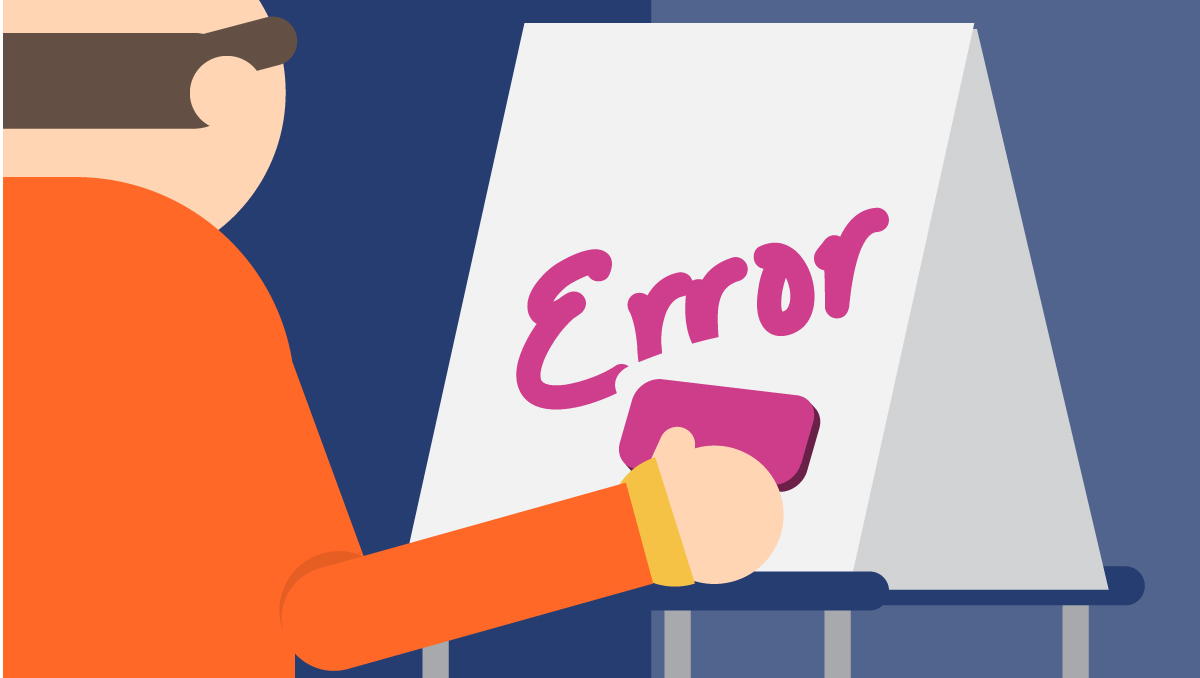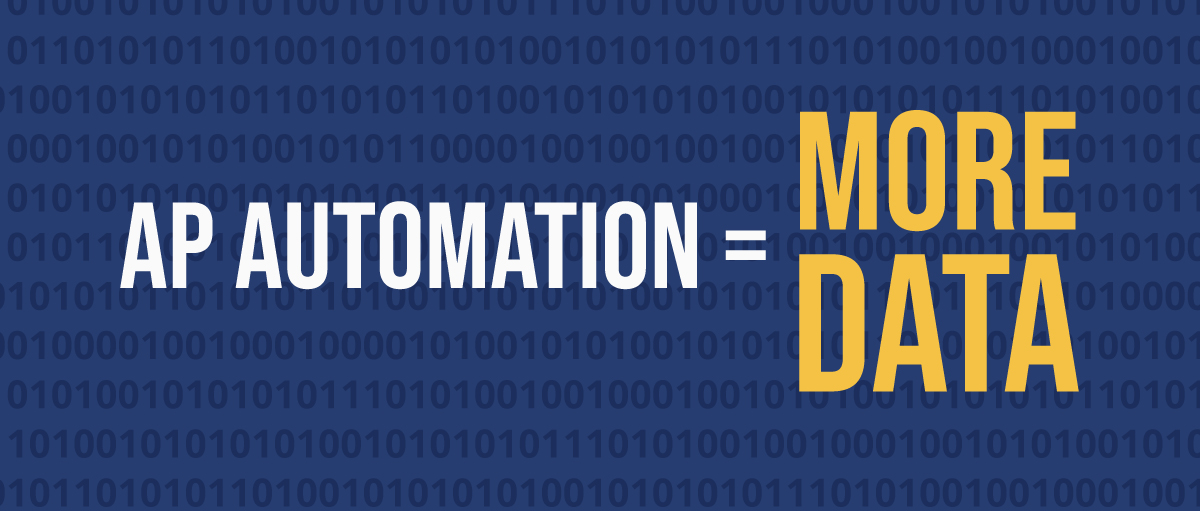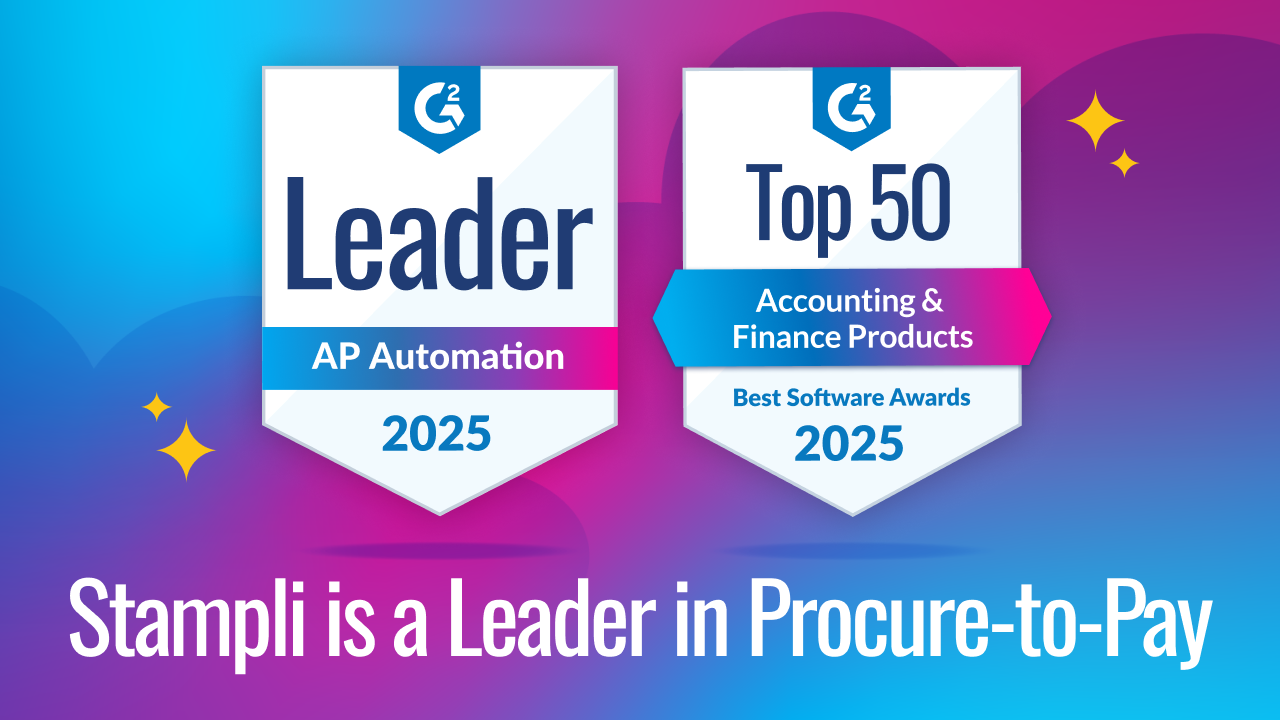AP Automation is Revolutionizing the Accounts Payable Process


In the early years of civilization, clay tablets were used to record the number of items delivered. Essentially ledgers, these clay tablets are some of the earliest examples of writing and accounts payable processes.
In modern times, accounts payable became a paper and ledger process. Purchase orders and invoices were handwritten, approvals took days, and accounts were balanced in a written ledger. Even a minor mistake could have a ripple effect impacting nearly every part of the accountancy department, including payroll.
Invoices were lost, payments were sent late, and valuable resources were wasted shuffling paperwork from one basket to another. AP was not an efficient process, but it was the way things had always been done.
AP Automation: 2009 to 2019
In the last decade, however, AP has gotten a much-needed facelift by embracing technology. However, it has not been a smooth ride. How did technology first enter the AP workflow process? With e-invoices in 2009.
2009: AP Goes Electronic
A decade ago, accounts payable departments saw the introduction of e-invoices, which allowed businesses to deliver invoices and make payments electronically. Companies no longer had to wait for invoices to be delivered by hand or mail. Using e-invoices, vendors could send invoices in mere seconds.
It was a huge improvement, but it still came with many drawbacks. For starters, not all companies implemented the change. Some companies continued to enter these e-invoices into their systems manually, and there was still the approval and verification process to deal with.
Many companies still send out paper checks, which meant that e-invoices really didn’t offer a great deal of value. Additionally, companies used various e-invoicing formats, which complicated the process.
Despite the introduction of technology, the AP process still required a ton of paper pushing and manual data entry.
2019: AP Workflow Automation
E-invoices mark the beginning of modernizing the AP process, but it was not the revolution AP needed. Today, with the introduction of artificial intelligence, electronic payments, the rise of integrations with accounting systems, and AP workflow software, the accounts payable process has become a highly efficient, automated, and digital process.
With the help of artificial intelligence and computer networks, invoices can be captured, verified, and paid without any human interaction at all. Arguably even more important, AI is better at tracking trends and vendor information changes, which can eliminate duplicate payments, catch fraud, and ensure payments are made on time.
It is an exciting time in AP, but what do these changes mean for AP managers?
How Technology is Changing the Role of the AP Manager
In the past, the AP team was predominantly focused on accurate data entry. They entered invoices, made sure approvals made it to the right person, and followed up when those approvals ended up buried at the bottom of an executive’s in-basket.

Today, the role of AP team is shifting from a focus on pushing papers and entering data to be more strategic, efficient, and data-driven. This benefits both the company and the accounts payable department, by allowing resources to be used more efficiently.
The Benefits of AP Automation
The paper-based accounts payable process presented many challenges, including a lack of efficiency, risk of fraud, and a propensity for humans to make errors. AP automation is positioned to streamline the AP process, making it far easier for firms to make payments–without sacrificing accuracy or security.
If your firm is considering AP automation software, here are the benefits you can look forward to.
Faster Invoice Processing
AP staff often spent hours on invoice processing from gathering and filing paperwork, verifying invoice accuracy, gaining approval from the correct person, writing checks, ensuring invoices are not duplicates, and payments are made on time.
It was, and for many firms still is, an arduous manual process.
AP automation centralizes all paperwork and communications into one thread. Invoices are automatically captured, approvals are streamlined (and automated), and paperwork is reduced to nearly nothing.
TechStars, for example, was able to reduce their AP processing time by 75% by using the Stampli AP automation platform to streamline invoice management.
Reduce AP Errors
Humans are prone to making mistakes. Numbers get transposed, invoices get lost, duplicate invoices are processed for payment and then are paid. AP managers work very hard to reduce these errors, but invoices can be complex documents in the manual process and require hours of labor to accurately review, verify, and route for approval.


AP automation makes the job easier by suggesting approvers (which are customizable with defined thresholds), sending reminders for late payments, and even flagging inconsistencies that otherwise would have slipped through.
This allows the AP team to focus on more strategic efforts, such as working with vendors to find more agreeable terms.
Save Money Every Month
Transitioning from a physical AP process to an automated one can save money on several fronts. For starters, companies using AP automation often pay less in late fees because the software sends out reminders before invoices are marked late.
Accounts payable automation also reduces the manual labor required from AP. Which frees up AP teams who process invoices for approval and management which oversees the entire P2P process — to now have time to focus on mission-critical tasks. For example, AP teams in the automated model now have more time to identify opportunities for early payment discounts, or even negotiate with vendors on terms.
More importantly, AP automation can reduce fraud by providing more control into the process via communications and action records on top of each invoice, which are all auditable. The added controls include tracking of field inputs or updates, attached files, approvals or rejections, and comments or questions.
Consider the average fraud victim loses $150,000 and that fraud is more prevalent in the manual AP model. Then on the other hand, examine the automated AP model which offers a piece of mind for businesses with auditable invoice actions and more control over the invoice lifecycle.
Access to More Data
AP automation allows full access to data at every step of the invoice approval process through to the invoice being marked as paid.
Want to know how many invoices are outstanding? How much a specific vendor has been paid in the last year? Or even, which AP manager approved the most invoices in the last month?
AP automation software allows users with the correct level of access to check on the status of an invoice, view payments, and check a wide range of data provided through management dashboards.
For example, data can be viewed at the invoice level, so each invoice will have a communication and history trail for any changes or questions. This means when an approver jumps into the invoice assigned to them, they can view changes made by AP or previous approver questions. They can also see the previous vendor invoice history and amounts — which makes the approval process easier.


In addition, it is much easier to follow an electronic trail than a paper one. You can see precisely who approved a specific invoice, where it was captured, and who paid it. Advanced search features make it simple to look at invoices by status, amount, date, vendor, or any invoice fields — including custom fields, and even based on text.
These features make it easier to balance the books, create custom reports, spot small issues before they become bigger problems, and even recover faster after a natural disaster, such as flood or fire.
Improved Vendor & Customer Experience
Streamlining the AP process through automation makes it far easier to ensure payments are made on time. Timely approval and on time, or even early payments reduce supplier risk and helps your company build a stronger relationships with your suppliers.
In addition, by centralizing conversations into one middle feed location on top of the digital invoice, you can reduce dozens of back and forth emails. This makes it easier, for example, to request more information from a vendor by asking them a question in the AP automation platform which results in issues being resolved faster and decreases the chances of a late payment.
To ensure full-control over your sensitive data, external vendors can only view the invoice image and a section to respond to the specific question asked.
Happy vendors mean happier customers, too. Your company is less likely to run out of a favorite product or deliver an order late due to a late vendor order.
Adopting Innovative Technology for Your Accounts Payable
For too long, companies have made do with a manual AP process that is inefficient, ineffective, and prone to errors. Despite the hard work and dedication of AP teams, accounts payable workflows have remained behind the times.
An AP workflow solution like Stampli helps companies speed up the AP process, reduce costly errors, and lower overhead costs. Using intelligent technologies, our platform learns how you do business and uses that information to, for example, contact the right people for invoice approval automatically.
The bottom line is this: firms that want to grow need to make investing in accounts payable automation a top priority — those who don’t risk declining revenue and increased competition.




